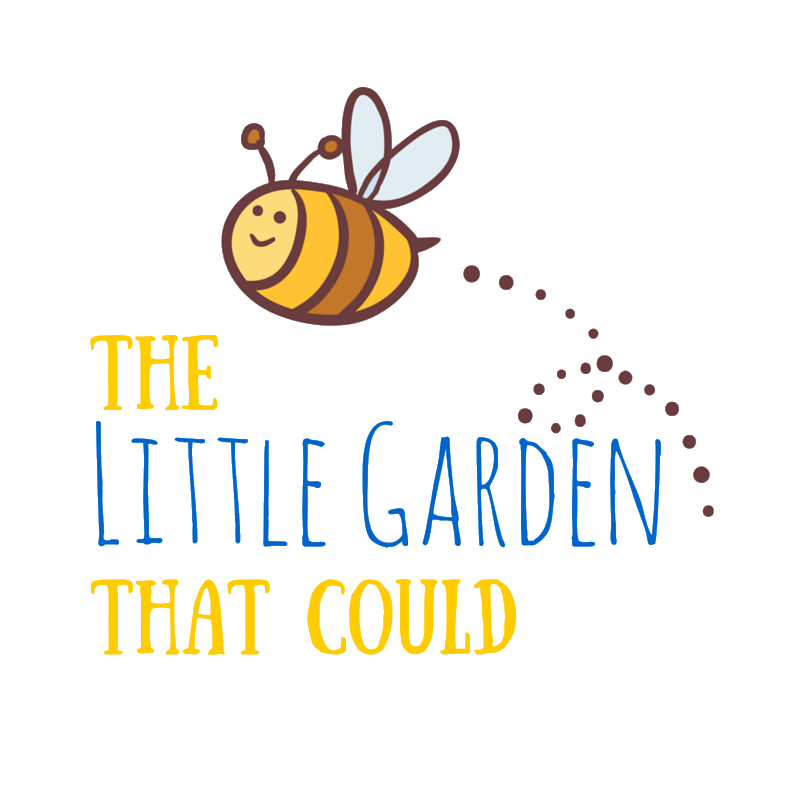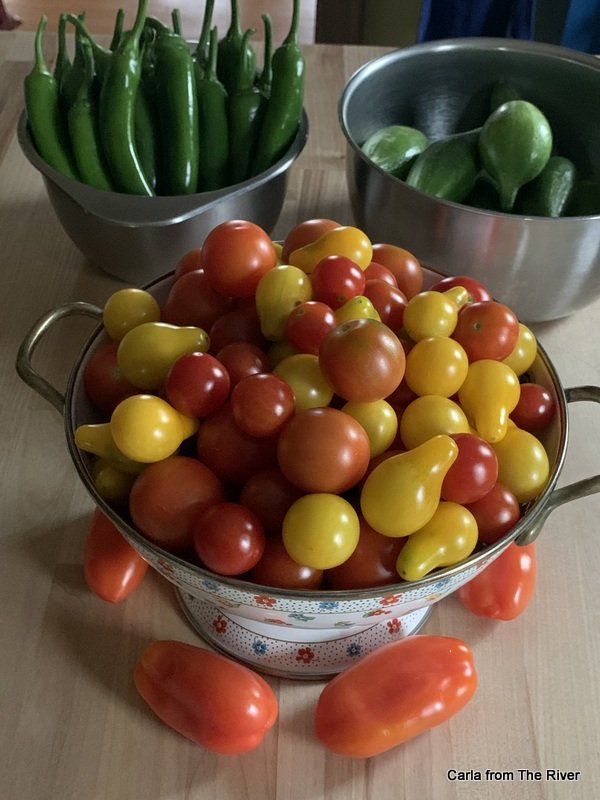Rhubarb
By Carla TePaske of Cameron, WI ~ The Little Garden That Could
Rhubarb is an early bird surprise for us gardeners. It is cut and come again. We use it in sweet and savory dishes. Rhubarb is incredibly long lived. Once established, it grows happily in the same spot year after year.
Rhubarb is good for us. It is particularly high in vitamin C and fiber.
The best way to plant rhubarb is to plant rhubarb crowns. Rhubarb is greedy, work mulch into the soil and around the planting. Wait two or three years for the plant to get established before harvesting.
If you spot a towering flower plume, pick it, the plume may reduce your crop.
The best way to harvest rhubarb is to run your finger down the groove of the stem until you reach the root. Give a gentle tug and it will come off in your hands, leaving any buds forming just below your mature stem to develop into the next crop. For the plants sake, do not over pick, leave some of the stems. A general rule is pick ⅔ of the stems, leaving ⅓.
Until next time, happy gardening!












